In today's world, poor outdoor air quality is a common concern, and pollutants can easily infiltrate our homes, regardless of how airtight we believe them to be. Harmful substances such as carbon monoxide, particulate matter, and secondhand smoke can significantly irritate our respiratory systems. Furthermore, indoor air quality can be compromised by pet dander, mold, and volatile organic compounds (VOCs) emitted from various household products and materials.
The reality is that the air inside our homes can be just as harmful as the air outside. Symptoms of poor indoor air quality can range from headaches, and irritation of the eyes, nose, and throat, to dizziness, and even more severe health issues over time. Thankfully, several products can help improve your indoor air quality and create a healthier living environment.
Air purifiers are a highly effective tool for enhancing indoor air quality. Investing in an air quality monitor can also provide valuable insights into the specific pollutants present in your home. Additionally, strategically placing fans in enclosed areas can help prevent the buildup of irritants like mold. Below, we've compiled a list of nine products worth considering if you're concerned about the air you breathe:
Air Quality Monitors
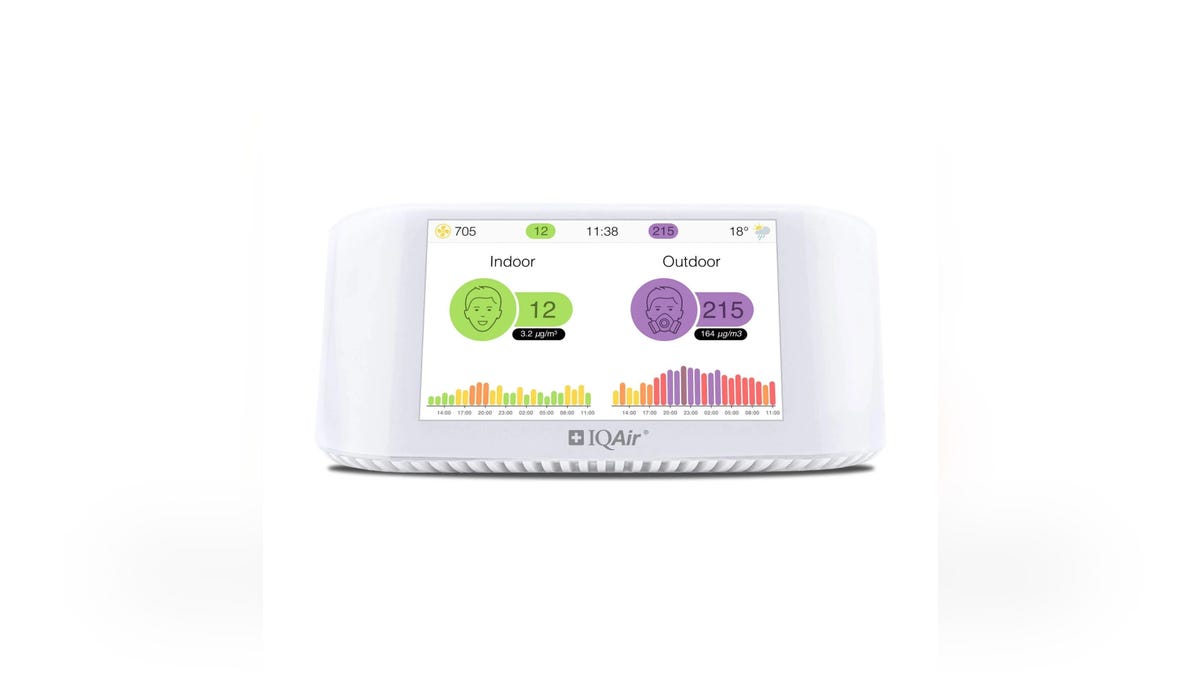
Monitor your indoor air quality for real-time data. (Walmart)
An air quality monitor provides real-time data on your indoor air, allowing you to pinpoint pollution sources and fluctuations. It can detect pollution from various sources, such as cooking, cleaning, wood burning, interior decorating, smoking, wildfire smoke, and traffic pollution entering your home.
Air Purifiers
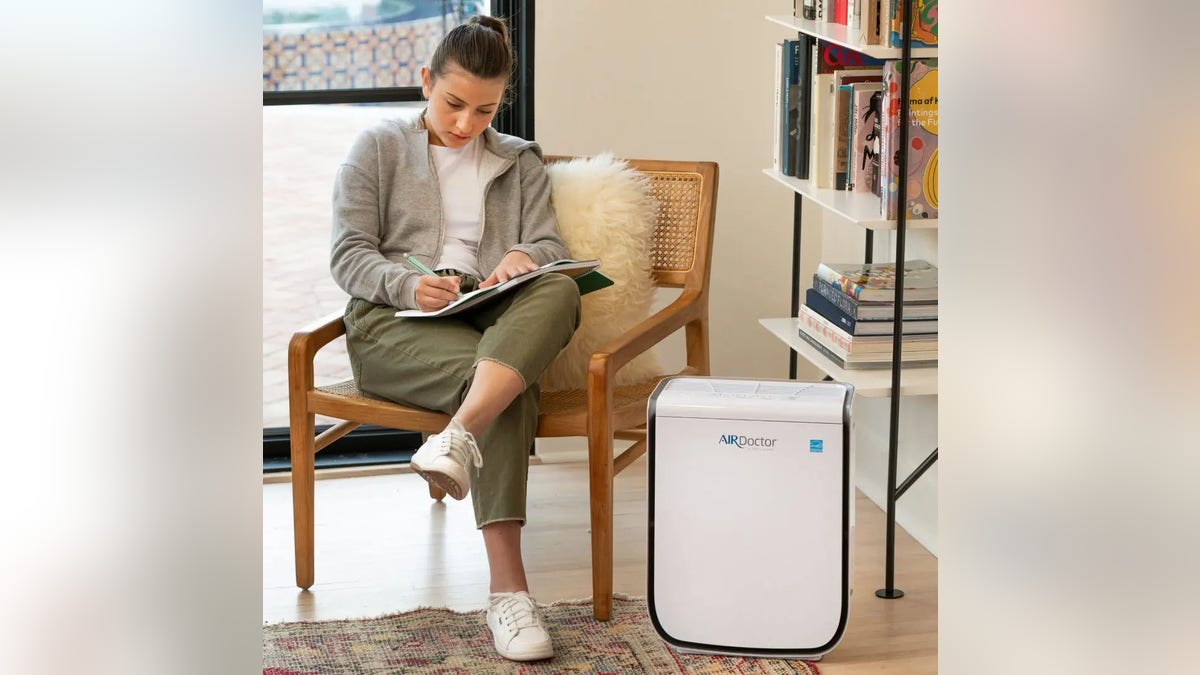
Air purifiers effectively remove allergens and odors from indoor air. (AirDoctor)
Air purifiers remove allergens like dust, pollen, pet dander, and other airborne particles, significantly improving indoor air quality. They can also neutralize unpleasant odors from cooking, pets, or mold using activated carbon filters. High-efficiency particulate air (HEPA) filters are particularly effective, removing nearly all tested bacteria and viruses.
Dehumidifiers
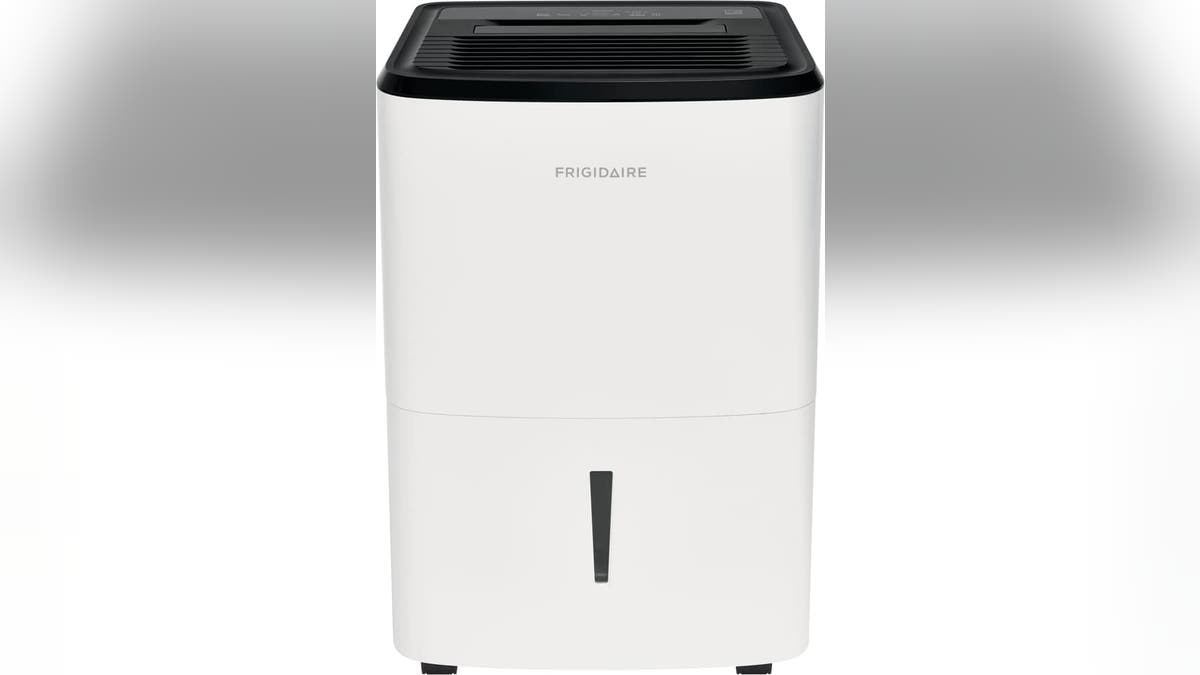
Dehumidifiers combat musty environments by removing excess moisture. (Amazon)
Dehumidifiers are essential for addressing musty or mildewed environments by removing excess moisture from the air, which can also help reduce allergens.
HVAC/Furnace HEPA Filters

HEPA filters for HVAC systems trap harmful particles for cleaner air. (Amazon)
Upgrading your HVAC or furnace filter to a HEPA filter can significantly improve indoor air quality by capturing small, harmful particles such as pollen, pet dander, smoke, and dust mites.
Ventilation Fans
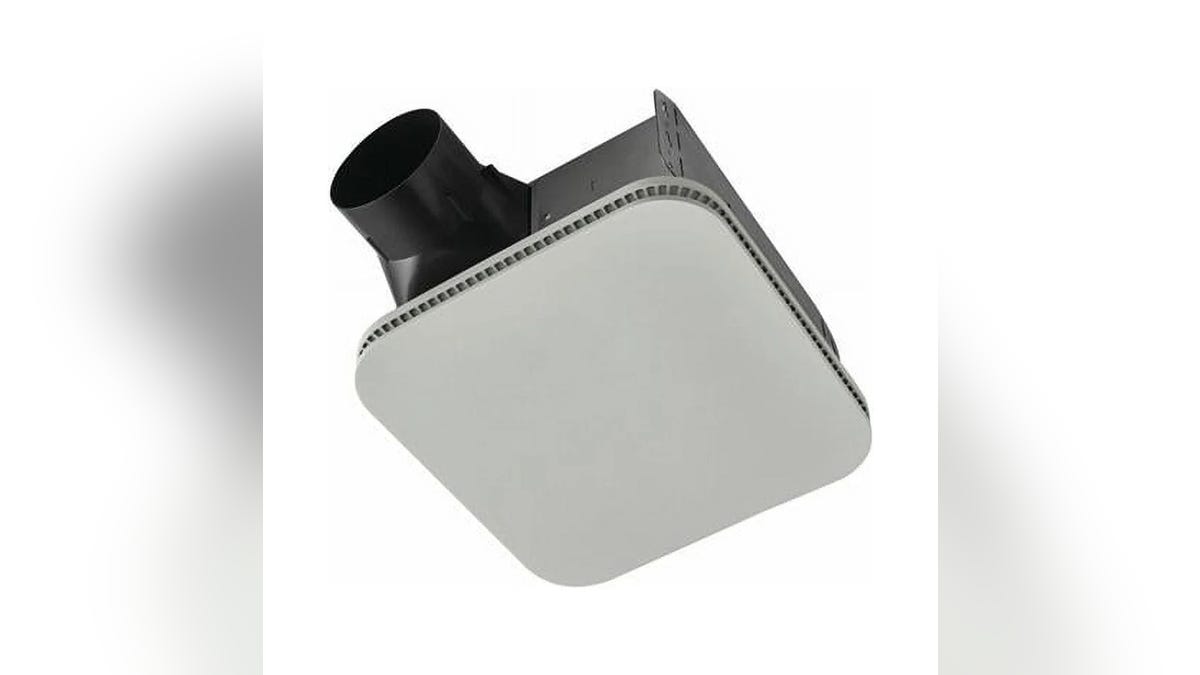
Bathroom fans effectively remove humidity and odors. (Walmart)
Installing or upgrading ventilation fans in bathrooms and kitchens can effectively remove excess moisture, stale air, and unwanted odors.
Range Hoods
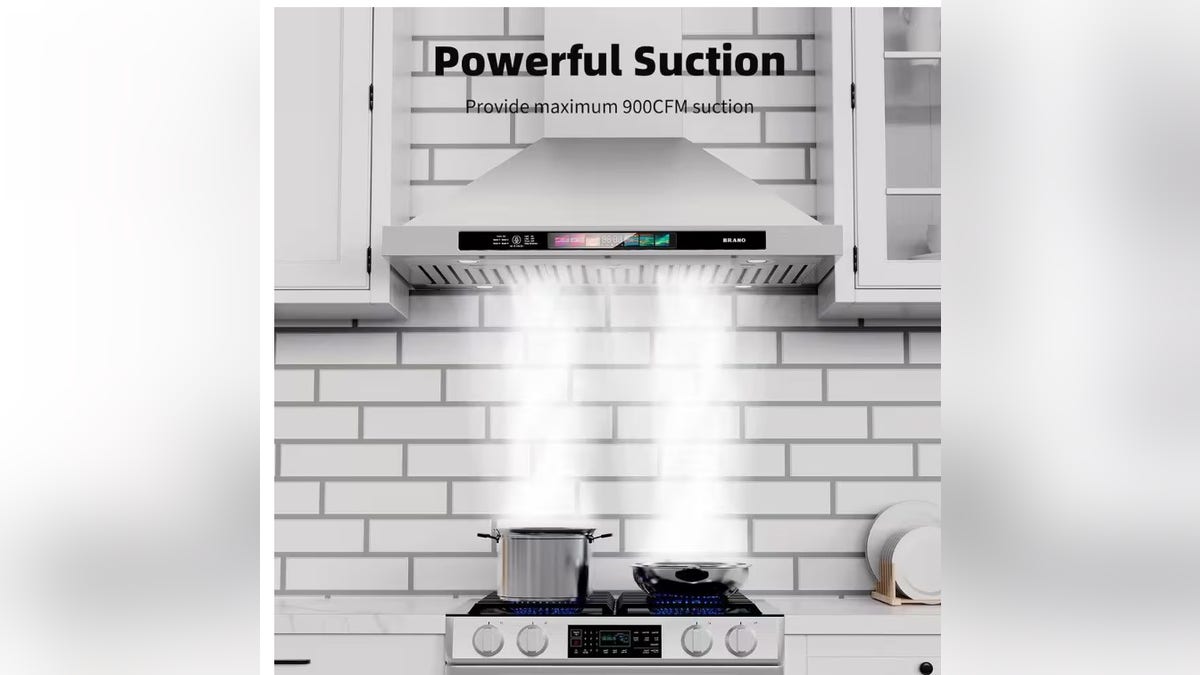
Kitchen range hoods eliminate cooking fumes and improve air quality. (Home Depot)
A kitchen exhaust fan or range hood is crucial for removing cooking fumes, moisture, and unwanted odors, maintaining a healthier kitchen environment.
Humidifiers
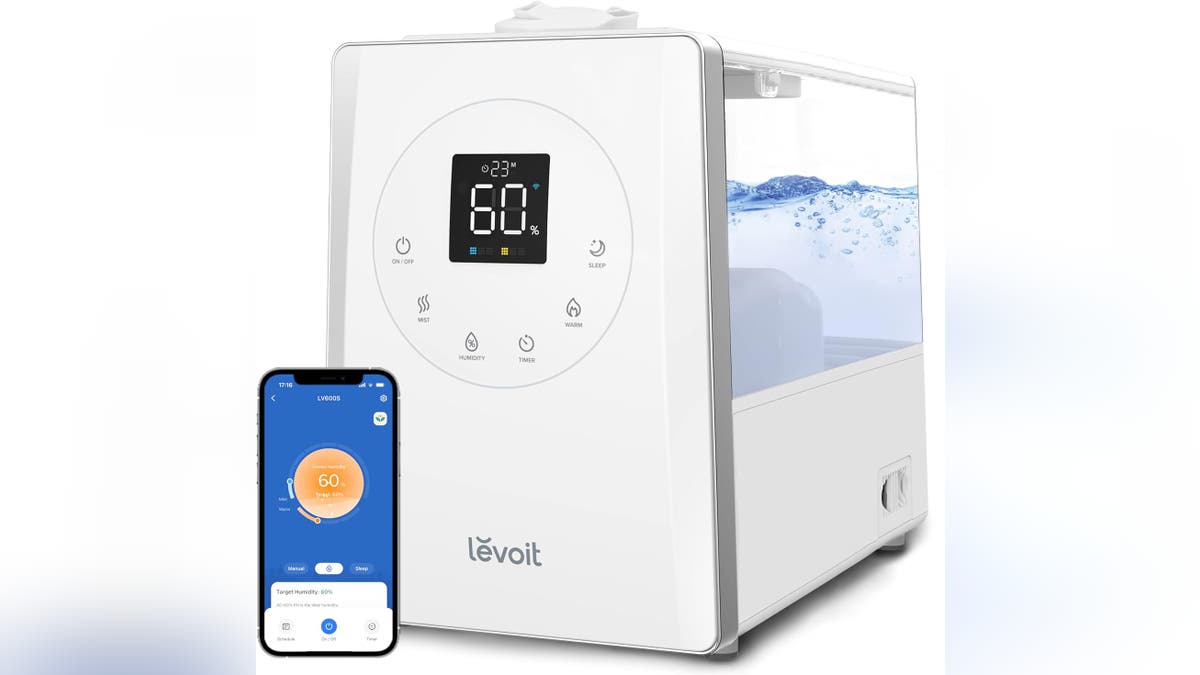
Humidifiers add moisture to dry air, reducing irritants. (Amazon)
Humidifiers can improve indoor air quality by adding moisture to dry air, which helps reduce airborne allergens and irritants, particularly during winter when heating systems can dry out the air.
Indoor Plants
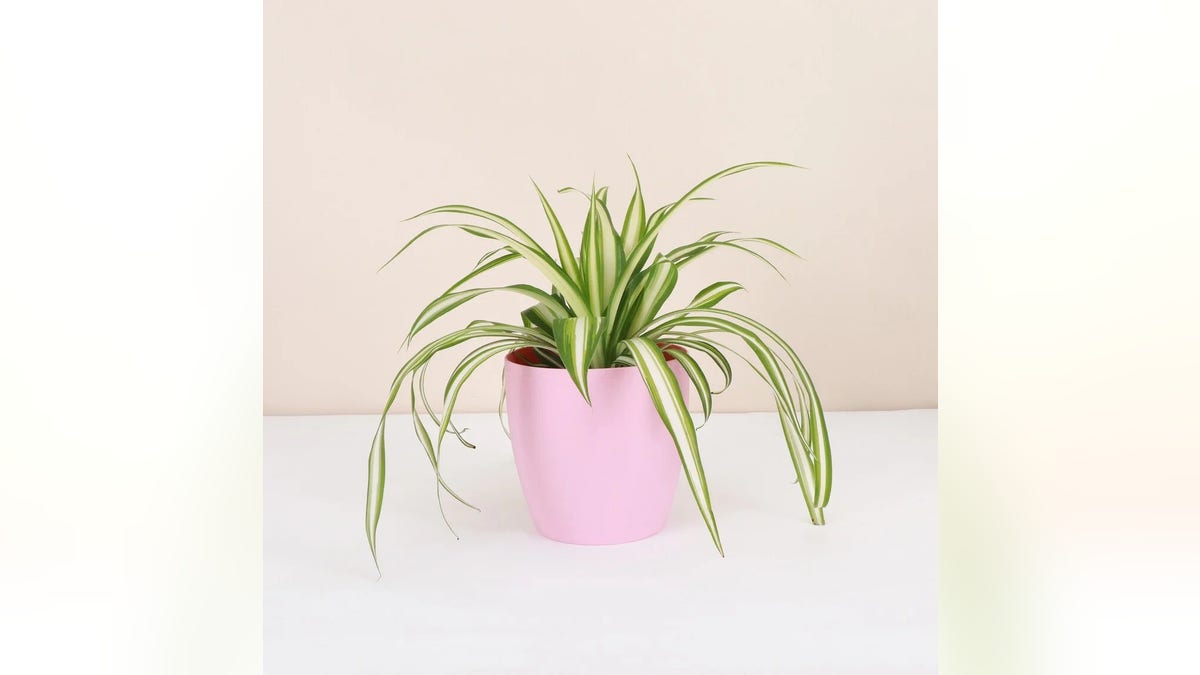
Spider plants naturally filter indoor air. (Walmart)
Indoor plants offer a natural way to enhance air quality. Spider plants, for instance, are known for their ability to remove formaldehyde, xylene, and toluene from the air.
Non-Toxic Cleaners
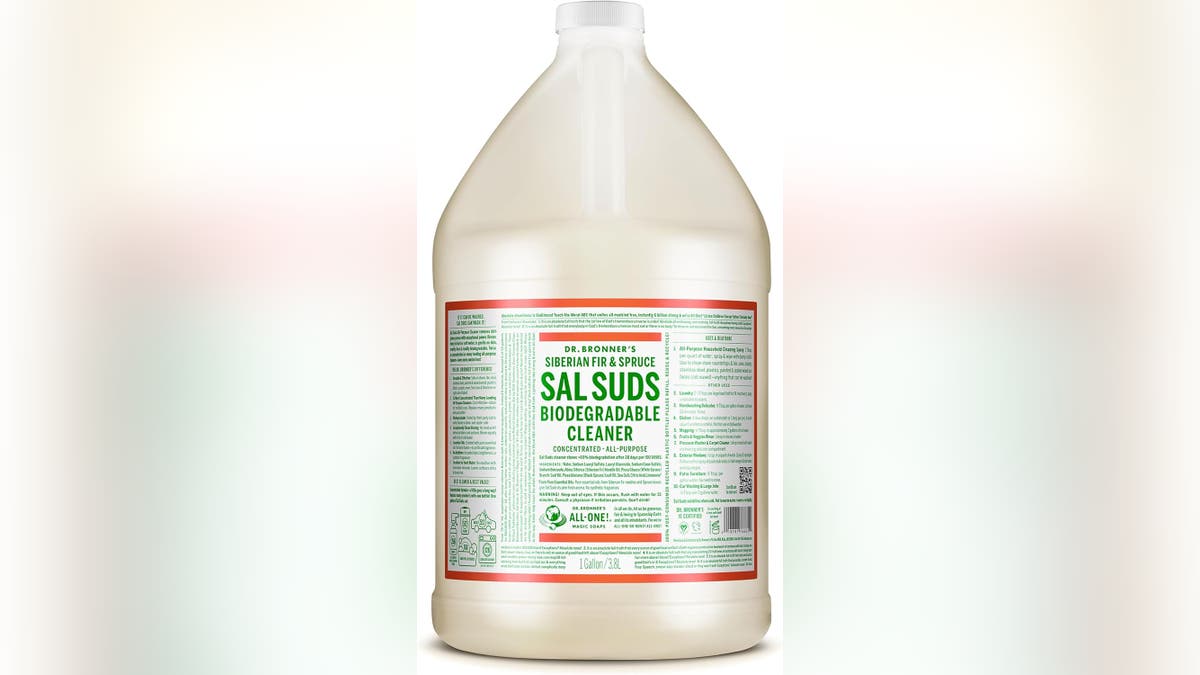
Non-toxic cleaners prioritize health by avoiding harsh chemicals. (Amazon)
Switching to non-toxic cleaners is a simple yet effective way to improve indoor air quality. These cleaners are formulated without harsh chemicals that can irritate skin, cause respiratory problems, and pose other health risks.
Comments(0)
Top Comments